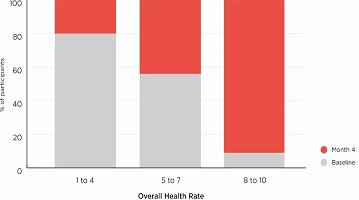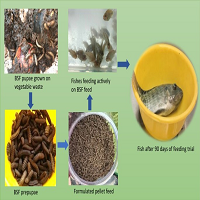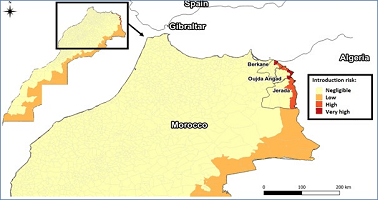Epidemiological, clinical and laboratory studies have provided a large body of evidence on the benefit of physical exercise in reducing the morbidity and mortality of chronic diseases such as cardiovascular, type 2 diabetes (T2D), hypertension, cancer, obesity, depression, solid organ transplantation and others. There are guidelines available regarding the type, frequency, duration and intensity of the exercise to alleviate the related underlying disease. Therefore physical exercises is an important cost effective tool for primary and secondary prevention measures.1
Despite these facts, people do not engage in regular physical activities. In United States, only 1 in 5 adult American (21%) meet the 2008 Physical Activity Guidelines and less than 3 in 10 high school students get at least 60 minutes of moderate to high intensity physical activity every day.2 Supervised exercise performance has shown remarkable effectiveness, but is associated with poor compliance the long-term,3 therefore it becomes necessary to include physical activity as an integral part of everyday lifestyle. To change the routine of the life in terms of implementing the physical activity, it is necessary to create a model that allows long term therapeutic efficacy. The subject must be made aware of the program goal and in addition must test the individual skills to perform the self-monitored physical exercises.4
The common difficulties that people encounter when undertaking physical exercises programmes are include5 : lack of time and architectural barriers in the cities. Since daily tasks are time consuming and many people are unable to utilize health clubs or similar venues for various reasons.
It becomes necessary to find an action plan that places physical activity within a routine of daily life, modulating the personal lifestyle of the people living in the cities. Issues that need to be addressed to promote physical activity on a large scale are:
1. Technology: in particular, the recent development of fitness apps, can be used in order to have a remote management of activity participation and volume with regards to energy expenditure.6
2. Make a scientific snapshot of the current and the future state of the health and fitness possibilities at the urban level for all the cities.7
Internet is an important tool with an easy accessibility and the app stores are huge, especially for those who are involved in the physical activity and want to track their progress. Recently, smart, wearable, mobile and portable technologies have enabled the usage of the large number of health applications on the go. It has been noticed that web-based apps help to improve and self-monitor one’s physical activity as long as the information was delivered quickly and it was user friendly.8 The use of Smartphones gives such an opportunity of real-time feedback on user’s progress.9 While active engagement in self-monitoring and self regulation are essential for the maintenance of health-related behavior in an autonomous environment, it is also imperative to provide individuals with personalized feedback on their progress.10 Personalized interventions have been demonstrated to be more effective than non-personalized interventions for changing health behavior.11 Generally people receive a personalized physical exercise program to start as not-supervised, following critical issues may arise that could endanger the continuation of the program but do not require specialist visits, in this context through mobile health apps is possible to give a personalized intervention would allow a health professional to provide tailored feedback to an individual user in a time-efficient manner.11
There are many mobile apps that operate without user interface and users cannot receive personalized information on their activities and about the status of its program. In addition, these apps do not provide any information about the other facilities where people can engage in the regular exercise routine.
Other apps are more advanced but have not been designed for fitness specific purposes. However, it is possible that there is already a pre-disposition for a possible remote assistance in future.
In 2008, the American College of Sports Medicine launched the American Fitness Index® program.12 The American Fitness Index® program revolves around an annual data report that measures the 50 most populous metropolitan areas in the United States and provides a score and ranking reflecting a composite of preventive health behaviors, levels of chronic disease conditions, health care access and community resources and policies that support physical activity. Included in the report are benchmarks for each data indicator to highlight areas that need improvement. With the help of this report, municipalities, community groups, health organizations and individual citizens can assess factors contributing to their metro area’s level of fitness, health and quality of life.7 The report is also an evaluation tool for measuring progress at the community level. As a program, American Fitness Index® also provides resources to help communities focus their efforts and in assisting the communities in connecting with health promoting partners.12
Therefore, checking benchmarks to highlight areas that needs improvement is an important tool in order to promote physical activity of citizens and tourists of the cities.
There are applications available which guide throughout and includes the list of routes that are walkable paths with the description of historical and architecture information of the landscape.
These initiatives may encourage the onset of physical activity, but having the option of a remote professional assistance appears to be a good strategy to ensure a proper compliance to a long-term active lifestyle.
CONFLICTS OF INTEREST
The authors declare that they have no conflicts of interest.







